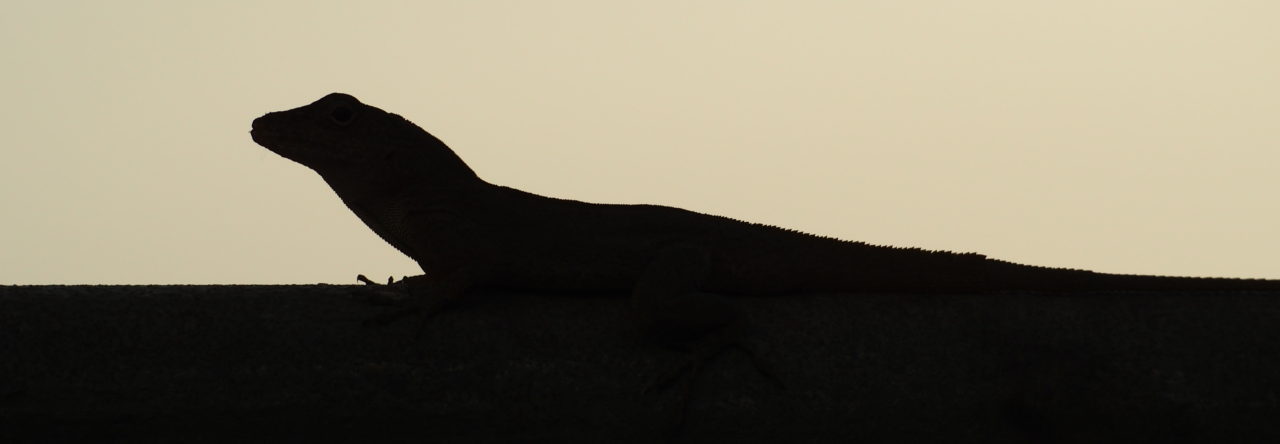Heidi Fagerberg, a children’s book writer, is in the middle of writing a book featuring the green anole of St. Kitts. Photos below. Can anyone confirm that these are Anolis bimaculatus? More importantly, does anyone know about their color-changing abilities and proclivities? Under what conditions does color change occur?
Latest posts by Jonathan Losos (see all)
- Evolution in Real Time on Lizard Island - March 23, 2025
- Spider Snags Adult Anolis osa - March 22, 2025
- An Homage to the Green Anoles of New Orleans - March 21, 2025






Levi Gray
Wow, that second photo almost looks like a Petrosaurus head! Those head scales look so odd, I’ve never seen something quite like that on the mainland.
Skip Lazell
I think they are all bimacs, but you should have asked me 50 years ago!
Bob Powell
They’re all definitely bimaculatus. The first two are males and the last two are females.
Heidi Fagerberg
Thank Jonathan for posting.
Heidi Fagerberg
Hi Bob,
Thank you for chiming in.
What are the main differences between male and female?
Bob Powell
Males are larger, have more prominent nuchal crests, larger dewlaps, tend to be green (even bluish when excited), spots above the forearms usually are prominent, and they generally tend to be less lineate. Females are more likely to be brown and the lateral lines tend to extend nearly the length of the body. Note, however, that younger males look very much like females (top individual is almost certainly a young male) and the intensity of the coloration varies considerably depending on temperature and “mood.” We included a number of photographs in our guide to the reptiles and amphibians of the Dutch islands (including Statia, which has bimaculatus). Copies should be available on St. Maarten, Statia, and Saba (and a new edition has just been published — I have yet to see a hardcopy). However, the information on anoles has not changed appreciably, so an older edition will suffice (if you can tolerate the glossy pages sticking together).
Heidi Fagerberg
Thank you Bob. I will look for the book. Some of these guys have a beautiful turquois coloring between green and brown. The more I bother them when I photograph them the more blue appears.